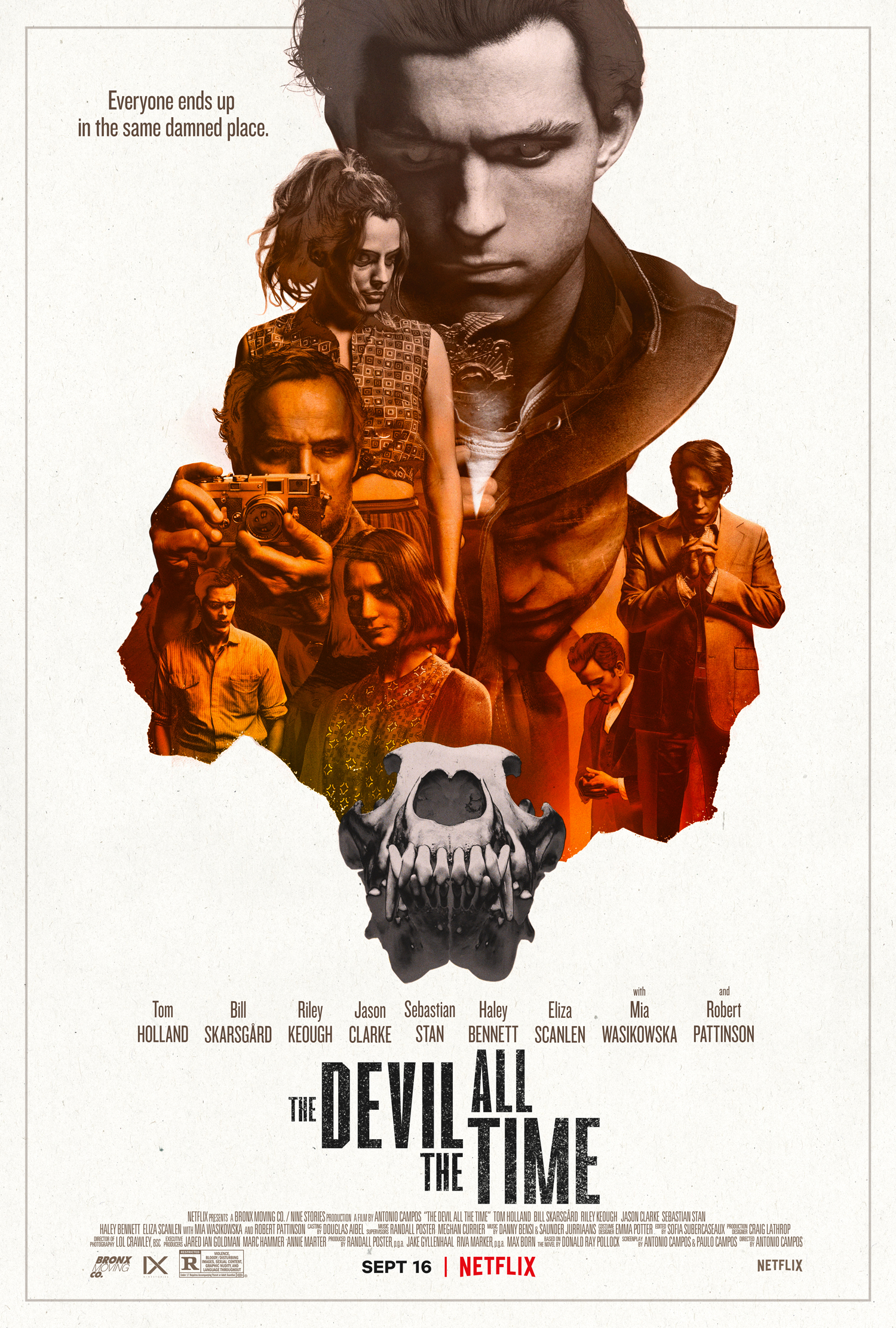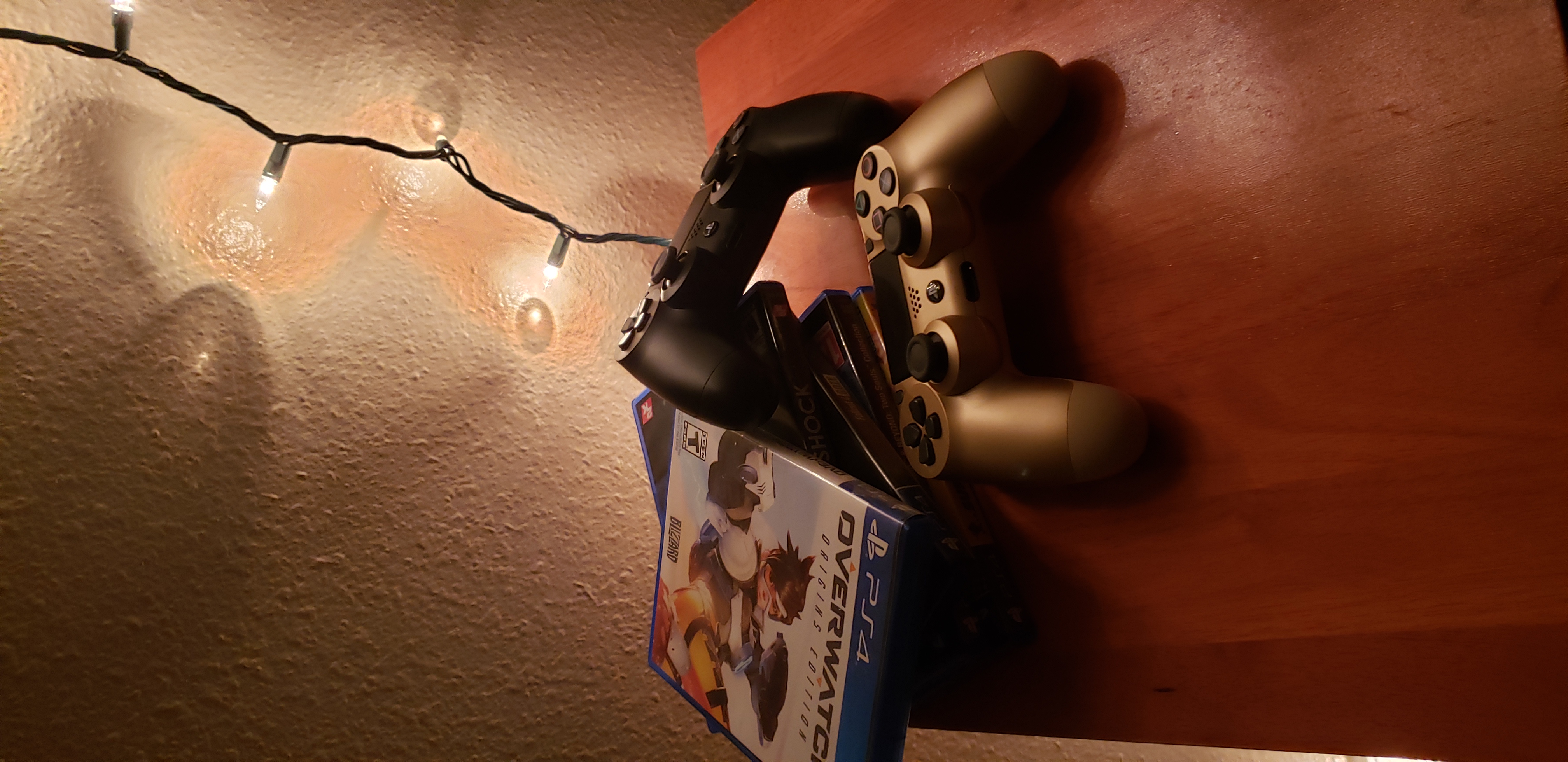Written by: Hannah Field | Editor-in-Chief
The new Student Success Center, upon entry, showcases a large, well-lit lobby, with new floors to boot and even a fireplace accompanied by comfortable seating. Looking ahead, a soft purple doorway boasts a front desk with a friendly face. Around the corner, the room opens up into an illuminated lobby for TRIO — a program that only grows the longer it exists at Western.
TRIO, sometimes referred to as SEP — Student Enrichment Program — is a nationwide program. According to oregontrio.com, the Oregon TRIO Association, otherwise known as OTA, was founded in the year 2000. Three primary initiatives would sprout: an annual professional development conference for TRIO professionals, an annual student leadership conference and a framework for Oregon to send advocates per year to Washington D.C. to pledge for funding for TRIO and spread its programs across the country.
In July of 2021, OTA received a $1 million grant from the state of Oregon to support marginalized students receiving higher education, also assisting with a full-time executive director position within OTA. Their mission: “Growing and supporting Oregon TRIO programs, staff and students … TRIO programs assist students with career exploration, college admissions, college preparation, financial aid, scholarships and college retention and graduation.”
Historically, the term TRIO was coined to honor the three main programs: Upward Bound, Talent Search Program and Student Support Services. “By 1998, the TRIO programs had become a vital pipeline to opportunity, serving traditional students, displaced workers and veterans,” said the TRIO history place. Eventually, the three programs would triple — becoming nine different educational assistance programs. Today, OTA serves more than 11,000 students.
At Western, TRIO boasts a well-equipped and established team to support students in many ways: director, Christopher Solario; assistant director, Adrian Trujillo; educational advisor, Alicia Monrroy; educational advisor, Andres Hernandez-Galvan; first generation coordinator and educational advisor, Dana Nunez-Silva; educational advisor, Hayden Campos; educational advisor, Logan Bransfield; educational advisor, Brianna Jones; and Sharon Price, TRIO student enrichment program office coordinator.
Director Christopher Solario has been involved with TRIO since 2000, but has been a leader in the program since 2012. The program itself has been at Western for more than 35 years. “I loved it as a student and I really enjoy it as the director,” said Solario.
Solario oversees TRIO and SEP. Occasionally, he works with students, regarding them as his favorite part of the job. “Seeing (first-year students) as kind of wide-eyed, kind of nervous, not knowing where they’re at — and then four to five years later, seeing them walk across the stage, graduating. It’s exciting to see their growth … just seeing how much they’ve grown as a person, as a human and as a citizen. It’s wonderful.”
Educational advisors assist students in the TRIO and SEP program by helping them with virtually whatever they might need — class registration, reaching out to professors, finding resources or even just needing someone to talk to. These sessions act as one-on-one advising.
According to the SEP page on Western’s website, services include academic advising, partnering with Destination Western, communicating with other departments on campus, support advising, individualized instruction, student-focused seminars, admission to cultural-enrichment activities, access to textbooks, MacBooks and other resources and organized social programs to invoke a sense of community and unite students.
“Even if we don’t know the right answer right away, we will work to get you the answer. We will connect you to the right resources,” said Dana Nunez-Silva, who began with SEP three years ago. “If you don’t even know where to start, your TRIO advisor is a great place to start.”
The main feature that students are aware of is the educational advisors. Each student admitted into the TRIO program at Western receives an educational advisor, with full-time advisors having a caseload of approximately 70 students.
“It’s really great that you (can) have this rapport with a staff on campus that you hopefully feel comfortable to talk to or ask questions,” said Nunez-Silva. “A social support that hopefully empowers you to take initiative of your academic journey, because I think coming in, especially as a first-gen student, it’s scary.”
“Our advisors care about our students,” said assistant director, Adrian Trujillo. “We try to do our best to make sure that when they leave the office, they’re in a better space than they originally came into, or at least have a better understanding of their path towards their graduation. That’s the end game for a lot of students, making sure they reach graduation.”
Most of TRIO is comprised of first-generation students, with the bundle of offices, workspaces and seating generally titled the “First-Gen Center.” Here, members of TRIO are invited to study, collaborate and enjoy a space catered to their needs, although anyone is welcome and does not need to be a part of the program in order to occupy the area.
Outside the wall of windows in the main area, a small body of water, titled the “retention pond” sits; nearby, the lending library offers donated textbooks to be borrowed. Even a care cupboard, courtesy of Abby’s House, is available to provide snacks and other possible necessities.
“We really wanted to have a space for our students who identify as first generation to come in and hang out,” said Trujillo.
With all new amenities, the Student Success Center is an adequate community resource for the growing program — lending itself to nearly 400 students across campus.
“I think that we’re all just very thankful to be in this new space. And we’re all very excited to see how this community is going to flourish in this new space, because it’s a beautiful, beautiful building,” said Nunez-Silva. “We’re very lucky to be here.”
TRIO was founded on the concept of accessibility, community and advocating for students who may need it. In light of that, educational advisors pledge to consider their advisees and support them with their needs.
With that goal in mind, the program at Western has established free first-year seminars for students in SEP.
“The overall theme for (the classes) is helping students who are within our program have a better understanding of how to navigate higher education, give them the tools and skills that they need,” said Trujillo, occasional teacher of said classes. The lessons are meant to shine a light on things students may not be aware of, such as credit scores or navigating their identity as being first generation, low-income or having a disability.
In Solario’s words, first-year seminars are to prepare students for college as a whole — “What does it take to be a college student? What’s the difference? What’s the expectations from a professor? How do you approach classes? How do you study? How do you balance your time?”
Time management is something TRIO places a lot of emphasis on, not only covering it in class but also through “TRIO talks” — workshops — that take place throughout the term. Occasionally, prizes or gifts are offered with workshop attendance, but the goal is to walk away more informed than before. The schedule for events is found on SEP’s social media, SEP student weekly emails and can easily be found in the First-Generation Center.
Some of these workshops focus on financial literacy or FAFSA completion, with financial aid being a large problem for many TRIO students.
TRIO Teacher Prep Student Support Services is also an opportunity for education majors at Western to receive support and resources. Eligibility depends on being first generation and meeting financial requirements. Through this, students may receive academic advising, mentoring and tutoring, teacher licensure exam workshops, financial literacy development, FAFSA and scholarship help, student success seminars and workshops and career development services. The program is overseen by Director Sheree Solario and encompasses a small staff, including a bilingual Spanish-English educational advisor, to better provide for student teachers.
Nearly half of Western’s student population is first generation, plenty of whom are not involved with TRIO despite their eligibility.
Misconceptions about TRIO include the concept of being first generation. “Neither parent graduated with a bachelor’s degree. They can have parents that attended school, but as long as they didn’t graduate with a bachelor’s degree, you’re still considered first gen,” said Trujillo. “I like to say, you can have an aunt, an uncle or a dog that gets a bachelor’s degree — that still makes you a first-generation student.”
Secondly, TRIO is not a remedial program. “I would say that the biggest thing I would want people to know is that this is a program that actually works when it’s utilized the way it’s meant to. As a student, you have got to also put in the work,” said Nunez-Silva. TRIO paves a pathway to success, and, according to Solario, has high expectations for involved students.
Nunez-Silva’s office sits closest to the front desk as the first generation coordinator. Her position goes beyond TRIO, tying in with Student Support Services and the Tri-Alpha Honor Society, a new organization looped into Western’s ever-growing community. Nunez-Silva will coordinate with the Tri-Alpha Honor Society to further elevate hardworking first-generation students.
Formal requirements for Tri-Alpha include having at least a 3.2 GPA, 45 credits completed and being a first-generation student. Eventually, positions at Western for Tri-Alpha will be established, such as a president position, which will include more coordination with Nunez-Silva and the community. Members of Tri-Alpha, however, have a minimal time commitment.
Eligible students who do not receive invitations to Tri-Alpha may reach out to Nunez-Silva if interested.
One important feat of TRIO is First-Generation Week, a celebration of students’ achievements over the course of multiple presentations, events and activities.
“There’s (about) three advisors here that were TRIO students at Western, so I think that just goes to show there’s definitely that ‘TRIO magic’ that people talk about — that they feel supported, not just supported enough to go through college, but supported enough to come back and give back to campus,” said Nunez-Silva. “I think that also extends to Western culture … There’s a lot of alumni that are here working now to give back, and so I think that, in general, the fact that this program has been here for 30 plus years says a lot about how dedicated the program is to continue serving.”
Trujillo has his own goal in mind: to help students flourish beyond expectations. “To help people get to a spot where they surpass me in a way — I think that’s how I view leadership … it’s really cheesy, but TRIO works.”
The Student Success Center is open until 7 p.m. each day, with TRIO hoping to eventually keep an advisor there till closing so students may be able to have drop-in appointments or receive help.
Students may apply for TRIO even after their first year at Western, but may be waitlisted. Solario hopes to expand the number of students which TRIO can assist, which is very likely considering TRIO’s expansion — not just a new building, but new positions, opportunities and events.
To get involved or apply, research TRIO at wou.edu/sep/.
Contact the author at howleditorinchief@mail.wou.edu.





